<--- Back to Details
| First Page | Document Content | |
|---|---|---|
 Date: 2009-02-05 15:23:52Educational psychology Community building Experiential learning Service-learning National Association of Schools of Public Affairs and Administration Project-based learning Center for Engaged Democracy Boston University School of Education Education Alternative education Public policy schools |
Add to Reading List |
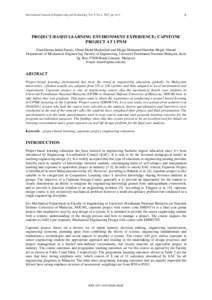 | International Journal of Engineering and Technology, Vol. 9, No.1, 2012, ppPROJECT-BASED LEARNING ENVIRONMENT EXPERIENCE: CAPSTONE PROJECT AT UPNMDocID: 1ukSv - View Document |
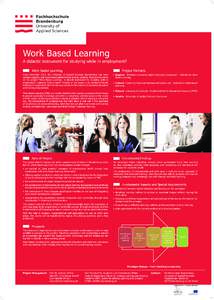 | Work Based Learning A didactic instrument for studying while in employment? Work Based Learning Project PartnersDocID: 1ta8z - View Document |
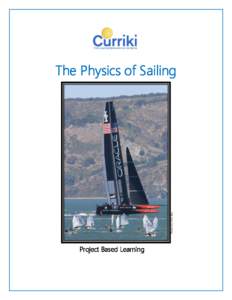 | Photos by Chris Ray The Physics of Sailing Project Based LearningDocID: 1t6rt - View Document |
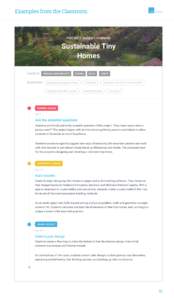 | Examples from the Classroom school PROJECT-BASED LEARNINGDocID: 1sRsT - View Document |
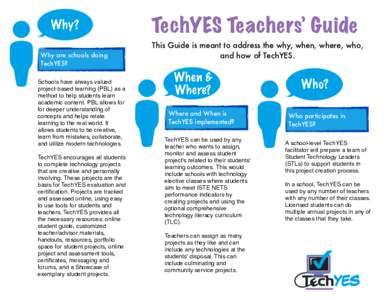 | Why? Why are schools doing TechYES? Schools have always valued project-based learning (PBL) as a method to help students learnDocID: 1sGgH - View Document |
 J-PAE Volume 10, No. 3 July 2004 Reflections about Public Affairs Education as the
J-PAE Volume 10, No. 3 July 2004 Reflections about Public Affairs Education as the